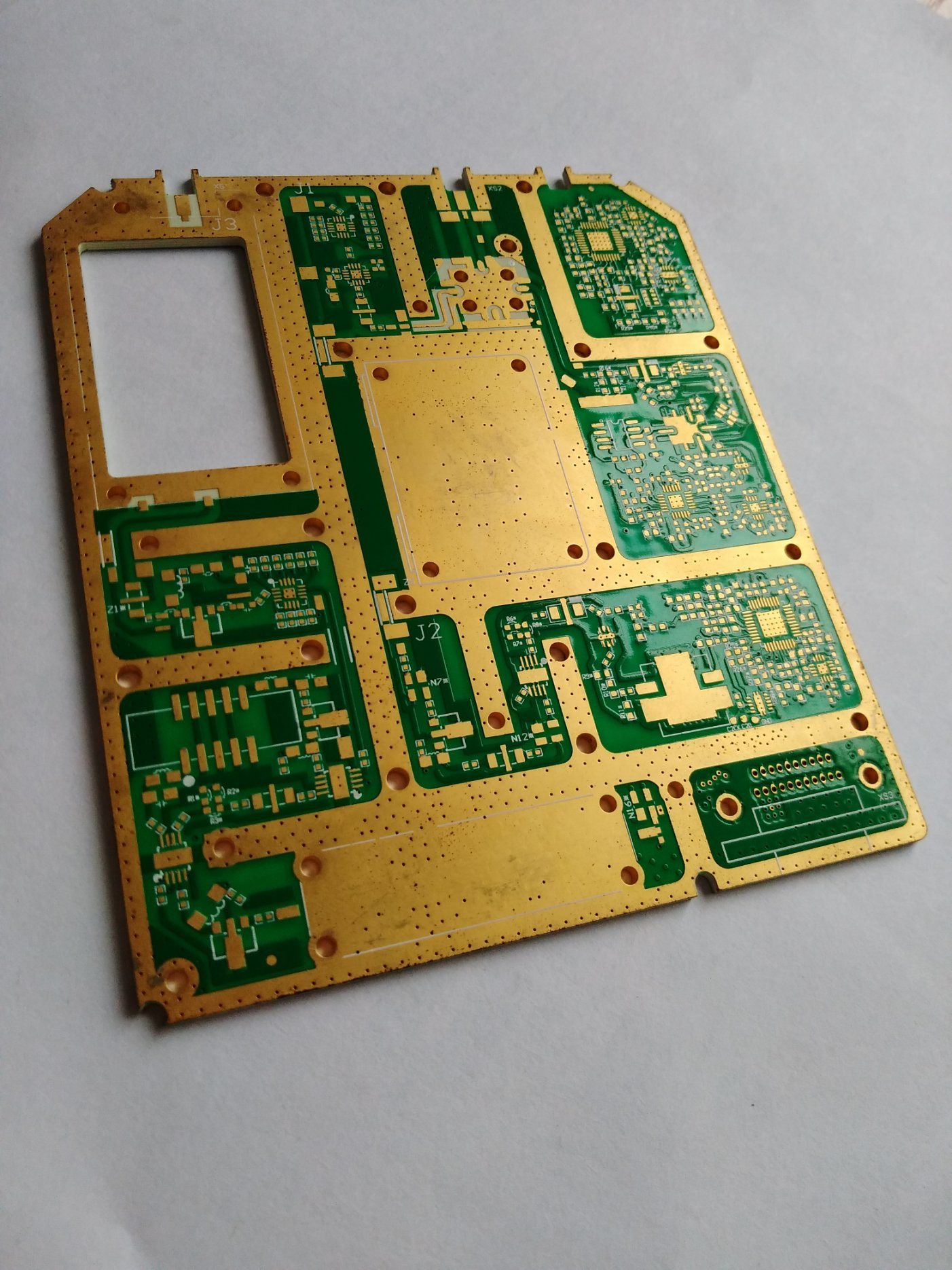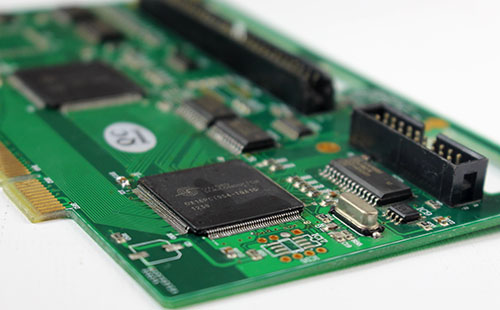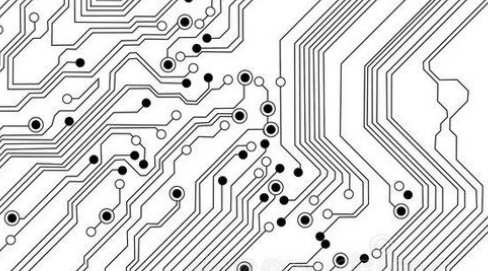
1. IPC-ESD-2020
Joint Standard for the Development of Electrostatic Discharge Control Programs. Includes the design, establishment, implementation and maintenance necessary for an ESD control program. Provides guidance for handling and protection during electrostatic discharge sensitive periods based on historical experience with certain military and commercial organizations.
2. IPC-SA-61A
After welding, semi-water into the cleaning manual. Covers all aspects of semi-aqueous cleaning, including chemical, process residues, equipment, processes, process controls, and environmental and safety considerations.
3. IPC-AC-62A
Water into the cleaning manual after soldering. Describe manufacturing residues, types and properties of aqueous cleaning agents, aqueous cleaning processes, equipment and techniques, quality control, environmental control and employee safety, and cost of measurement and measurement of cleanliness.
4. IPC-DRM-40E
Through Hole Solder Joint Evaluation Desktop Reference Manual. Detailed description of components, hole walls, and solder surface coverage as required by the standard, in addition to computer-generated 3D graphics. Covers fillet, contact angle, wetting, vertical fill, pad coverage, and numerous solder joint defect cases.
5. IPC-TA-722
Welding Technology Assessment Handbook. Includes 45 articles on all aspects of soldering technology including general soldering, soldering consumables, manual soldering, batch soldering, wave soldering, reflow soldering, vapor phase soldering, and infrared soldering.
6. IPC-7525
Template design guidelines. Provides guidelines for the design and manufacture of solder paste and surface mount adhesive coated stencils. This guide also discusses stencil design for surface mount technology and describes hybrid assembly techniques with through-hole or flip-chip devices, including overprint, double print, and staged stencil design.
7. IPC/EIAJ-STD-004
Specification Requirements for Flux - Includes Appendix I. Contains technical indicators and classifications of rosin, resin, etc., organic and inorganic fluxes classified according to the content and activation degree of halides in the flux; also includes the use of fluxes, flux-containing substances, and low-temperature fluxes used in no-clean processes Residual flux.
8. IPC/EIAJ-STD-005
Specification Requirements for Solder Paste—Includes Appendix I. Lists the characteristics and technical index requirements of solder paste, also includes test methods and metal content standards, as well as viscosity, slump, solder balls, viscosity, and tin wetting performance of solder paste.
9. IPC/EIAJ-STD-006A
Specification requirements for electronics grade solder alloys, fluxed and non-fluxed solid solders. For electronic grade solder alloys, for rod, ribbon, powder flux and non-flux solder, for the application of electronic solder, provide terminology, specification requirements and test methods for special electronic grade solder.
10. IPC-Ca-821
General requirements for thermally conductive adhesives. Includes requirements and test methods for thermally conductive dielectrics that bond components in place.
11. IPC-3406
Guidelines for Applying Adhesives to Conductive Surfaces. Provides guidance for the selection of conductive adhesives as solder alternatives in electronics manufacturing.
12. IPC-AJ-820
Assembly and Soldering Manual. Contains a description of inspection techniques for assembly and soldering, including terms and definitions; types of printed circuit boards, components and leads, materials for solder joints, component mounting, specification references and outlines for design; soldering techniques and packaging; Cleaning and lamination; quality assurance and testing.
13. IPC-7530
A guide to temperature profiles for batch soldering processes (reflow and wave soldering). Various testing methods, techniques and methods are used in the acquisition of temperature curves to provide guidance for establishing the best graphics.
14. IPC-TR-460A
Printed Circuit Board Wave Soldering Troubleshooting Checklist. A list of recommended corrective actions for failures that may be caused by wave soldering.
15. IPC/EIA/JEDECJ-STD-003A
Solderability testing of printed circuit boards.
16. J-STD-013
Ball Grid Array (SGA) and other high-density technology applications. Establish the specification requirements and interactions required for the printed circuit board packaging process to provide information for high performance and high pin count integrated circuit package interconnections, including design principle information, material selection, board manufacturing and assembly techniques, and test methods and reliability expectations based on the end-use environment.
17. IPC-7095
SGA device design and assembly process supplement. Provides a variety of useful operational information for those who are using SGA devices or considering moving to the field of array packaging; provides guidance for SGA inspection and repair and provides reliable information on the SGA field.
18. IPC-M-I08
Cleaning instruction manual. Includes the latest version of the IPC Cleaning Guidelines to assist manufacturing engineers when deciding on cleaning procedures and troubleshooting for their products.
19. IPC-CH-65-A
Guidelines for Cleaning in Printed Circuit Board Assembly. Provides a reference for current and emerging cleaning methods in the electronics industry, including a description and discussion of various cleaning methods, explaining the relationship between various materials, processes, and contaminants in manufacturing and assembly operations.

20. IPC-SC-60A
Solvent cleaning manual after soldering. The use of solvent cleaning techniques in automated and manual soldering is presented, and the properties of solvents, residues, and process control and environmental aspects are discussed.
21. IPC-9201
Surface Insulation Resistance Handbook. Contains the terminology, theory, test process and test means of surface insulation resistance (SIR), also includes temperature, humidity (TH) test, failure mode and troubleshooting.
22. IPC-DRM-53
Introduction to the Electronics Assembly Desktop Reference Manual. Diagrams and photos illustrating through-hole and surface-mount assembly techniques.
23. IPC-M-103
Surface Mount Assembly Handbook Standard. This section includes all 21 IPC files pertaining to Surface Mount.
24. IPC-M-I04
Printed Circuit Board Assembly Manual Standard. Contains the 10 most widely used documents pertaining to printed circuit board assembly.
25. IPC-CC-830B
Performance and qualification of electronic insulating compounds in printed circuit board assemblies. The protective coating meets an industry standard of quality and qualification.
26. IPC-S-816
Surface Mount Technology Process Guide and Checklist. This troubleshooting guide lists and resolves all types of process issues encountered in surface mount assembly, including bridging, missing solder, misaligned component placement, and more.
27. IPC-CM-770D
Guidelines for mounting printed circuit board components. Provides effective guidance for the preparation of components in printed circuit board assembly and reviews relevant standards, influences and publications, including assembly techniques (manual and automated as well as surface mount technology and flip chip assembly techniques) and considerations for subsequent soldering, cleaning and lamination processes.
28. IPC-7129
Failures per million opportunities (DPMO) calculation and PCB assembly manufacturing metrics. For the calculation of defect and quality-related industry-agreed benchmark indicators; it provides a satisfactory method for calculating the number of failures per million opportunities for benchmark indicators.
29. IPC-9261
Yield estimates for printed circuit board assemblies and failures per million opportunities during assembly runs. Defines a reliable method for calculating the number of failures per million opportunities in a printed circuit board assembly run, and is a measure for evaluation at various stages in the assembly process.
30. IPC-D-279
Design Guidelines for Reliable Surface Mount Technology Printed Circuit Board Assembly. A guide to the reliability manufacturing process of surface mount technology and mixed technology printed circuit boards, including design thinking.
31. IPC-2546
Combination requirements for conveying points in printed circuit board assembly. Describes material movement systems such as actuators and buffers, manual placement, automated screen printing, automated adhesive dispensing, automated surface mount placement, automated plated through hole placement, forced convection, infrared reflow ovens, and wave soldering.
32. IPC-PE-740A
Troubleshooting in printed circuit board fabrication and assembly. Including case records and corrective activities of problems in the design, manufacture, assembly and testing of printed circuit products.
33. IPC-6010
Printed Circuit Board Quality Standards and Performance Specifications Series Handbook. Includes the American Printed Circuit Board Association's quality standards and performance specification standards for all printed circuit boards.
34. IPC-6018A
Inspection and testing of microwave finished printed circuit boards. Includes performance and qualification requirements for high frequency (microwave) printed circuit boards.
35. IPC-D-317A
Adopt high-speed technology electronic packaging design guidelines. Provides guidance for the design of high-speed circuits, including mechanical and electrical considerations and performance testing.









